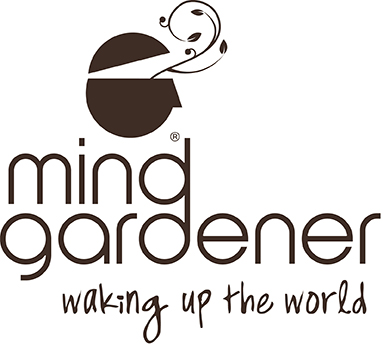The tension in the room was palpable. Colleagues were standing in pairs, some talking, some not. While those in conversation were smiling and animated, the silent pairs were clearly uncomfortable. It was a simple activity conducted for a leadership workshop, in which pairs shared their thoughts on a particular topic without any preparation time. As the first pair finished, they turned and one asked, ‘What do we do now?’
‘Just stand where you are and wait for the others to finish.’ Well, you would have thought they’d been asked to stand in the centre of a speeding lane of traffic! They shuffled from one foot to the other, folded and unfolded their arms, lowered their heads, avoided eye contact with each other, and glanced regularly at the still talking pairs, no doubt hoping this would motivate them to finish more quickly. In turn, the pairs finished their conversations and joined the waiting game. And as the final pair fell silent, there was a collective sigh. It felt like someone had finally opened a valve and released the pressure. Their shoulders relaxed, they lifted their heads to look around, smiles touched their faces again, and as they looked to the front we asked, ‘Who found it difficult to just wait with nothing to do?’ Hands rose and heads nodded.
Amid the many challenges in our complex and fast-changing world, how can it be that the simple act of ‘doing nothing’ might have become one of the hardest things to do?
Surely we all wish for moments in our day when we might be left alone without any expectation to do something, solve something, or respond to something?
But faced with the bare and empty moment, rather than basking in the stillness, most people baulk.
In fact, researchers at Harvard University and the University of Virginia found that people will take some pretty extreme measures to fill this vacant space. Subjects were asked to spend just fifteen minutes alone with no distractions: no devices, no music, no paper or pen, no pictures on the wall, and no windows to look out. A bare and empty room except for one button. Touching this button would deliver a light electric shock, which they had all previously experienced and reported as ‘unpleasant’. Can you guess what happened? An extraordinary two-thirds of men and a quarter of women chose to give themselves electric shocks rather than sit without distraction. One high achiever shocked himself 190 times in just fifteen minutes!
Can you do nothing?
Have you tried to ‘do nothing’ lately? You may not have been tested by a completely empty room, but maybe you’ve stood for a few moments waiting for your takeaway coffee, or arrived early to a meeting and waited alone in the room, or suddenly found yourself in a quiet house after the family have headed off to their various activities. Or maybe you’ve sat on the sidelines at your child’s weekend sport, or been stuck in a traffic jam. What did you do? Did you pick up your mobile device, turn on the TV or radio, ring someone, read some work materials, quickly dash through one or more things on your to-do list, or ponder your latest difficult problem?
Test yourself this week. In a situation when you might otherwise squeeze in just one more task, instead put it all aside and literally sit or stand doing nothing. You only need to try it for a few moments to know how you'll react! Does it feel uncomfortable? Do you feel like you're wasting time? Do you feel the pressure to pick something up or move around? Discomfort like this is not a sign that you are doing something wrong, it is a sign that allowing yourself moments to do nothing is not a regular habit for you. If you rarely give yourself the space to rest, recover and reflect, you are missing out on a valuable source of inspiration, insight and ideas that comes from a brain set loose from daily tasks. So don't give in to discomfort. Instead train yourself into the new habit of embracing moments of stillness, silence and solitude. Learn how to do less so you can be more!
This blog includes an extract from Do Less. Be More by Martina Sheehan and Susan Pearse.
© Mind Gardener Pty Ltd. All rights reserved. You are welcome to quote from or link to this post as long as you attribute it to Susan Pearse & Martina Sheehan and include a clear link back to this original blog post. Please contact us for approval for any other particular uses or references.

